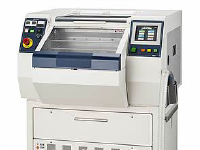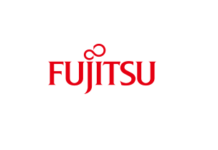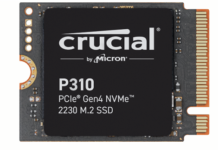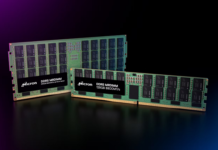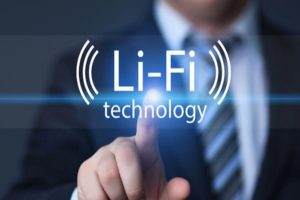
Most of us are familiar with Wi-Fi (Wireless Fidelity) which uses 2.4 to 5 GHz RF to deliver wireless Internet access around our homes, schools, offices and in public places. We have become quite dependent upon this nearly ubiquitous service. But like most technologies, it has its limitations. While its range can cover larger areas, the effective bandwidth is typically limited to some hundred Megabits per second and its security has been questionable for years, our demand for bandwidth and security increases constantly. Therefore, RF-based technologies are not the optimal way to meet our future demands for wireless data transfer. The new optical wireless technologies summarized under the expression LiFi (Light Fidelity), offer an entirely new paradigm in wireless data transfer in terms of communication speed, flexibility, usability and also security.
LiFi can use a wide range of frequencies and wavelengths, from the infrared through visible and down to the ultraviolet spectrum (see Fig. 1). It includes sub-gigabit and gigabit-class communication speeds for short, medium and long ranges, and unidirectional and bidirectional data transfer using line-of-sight or diffuse links, reflections and much more.
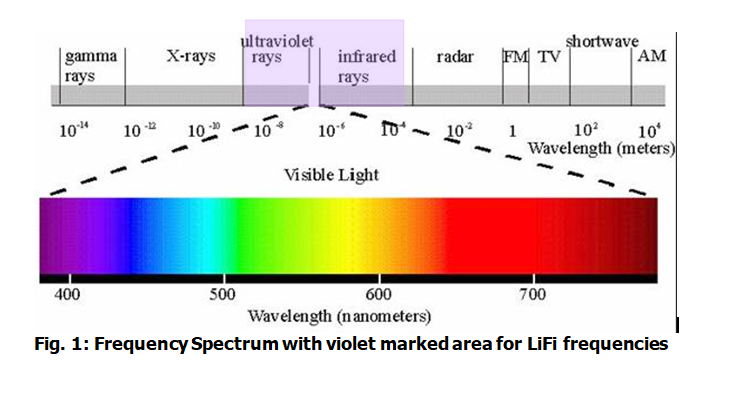
LiFi is not limited to LED or laser technologies or to a particular receiving technique. LiFi is a framework for all of these providing new capabilities to current and future services, applications and end users.

The LiFi Consortium defined different types of technologies to provide secure, reliable and ultra-high-speed wireless communication interfaces. It defined GigaDock, GigaBeam, GigaShower, GigaSpot and GigaMIMO models (Fig. 2) to address different user scenarios for wireless indoor and indoor-like data transfers.
Current technology developments are focused to extend transmission range for high-speed data transfers. A British team of companies just confirmed the feasibility of 10 Gigabit per second data transfer over a range of 30m with a Bit Error Rate (BER) of <10-12. To put this into perspective, Wi-Fi networks operate with a BER of <10-6, which translates to an effective data throughput of roughly 40%. A typical LiFi link performance has a BER of <109 (95%). This provides an understanding of the categorical differences between LiFi and RF technologies. LiFi is a “young” technology, being at the beginning of a development path, which rather leads to transmission speeds comparable with today’s fibre optic cable transmissions – just wirelessly.

However, as impressive as these performances are, today LiFi technology needs to be understood as a complementary technology to RF. A good example is G5 deployment. High-speed LiFi is able to support as backhaul point-to-point links the G5 architecture and reducing the need for expensive data cable connections. A merger of LiFi and RF technology might show very useful results also in other areas. For example, LiFi links from the Norwegian company IBSENtelecom Ltd. – one of the early players in the LiFi market – are used already for years to wirelessly connect robots to the main server. This has the advantage that wireless communication becomes possible in areas, which are sensitive to interference of RF signals. Also from a price perspective, LiFi data transfers have shown to be considerably cheaper from a $-per-transferred-Mbps-perspective. While RF solutions typically depend on power consumption in the watt-range, the power consumption of LiFi data transfers happens rather in the milliwatt-range.
Also as smart city applications, LiFi technology will have a great future. One of the main advantages in this field relates to security issues. LiFi links are almost impossible to hack. Cyber security is an issue, which is one of the major inhibitions of a wider deployment of a wirelessly connected city environment. A possibly hacked city infrastructure is an area of public concern. These concerns can be easier put to rest with LiFi technology.
LiFi is a new wireless technology, which has come to stay. Among the current wireless network technologies, LiFi will compete as Visible Light Communication (VLC), which mainly uses LED illumination for local area networks in indoor environments and as Optical Wireless Communication (OWC), which is mainly based on infrared signals used as point-to-point as well as point-to-multipoint links. How these two LiFi technologies compete to the other wireless networks is summarized in Chart 1: Wireless Networks Overview and Chart 2: Wireless Networks Performance.

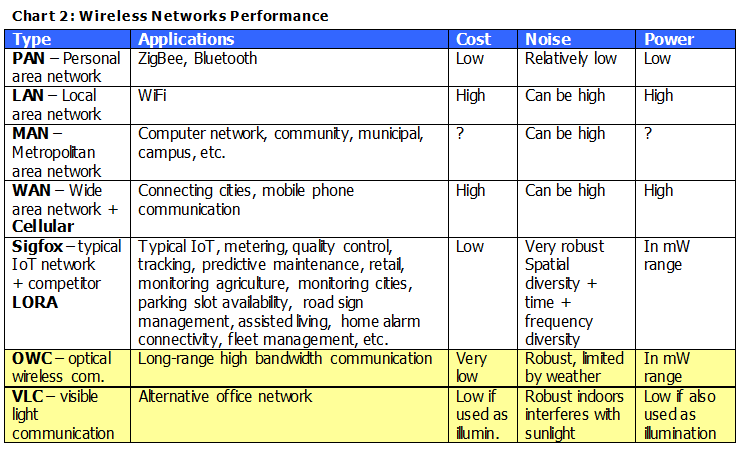
For more information on Li-Fi Technology visit: Li-Fi Consortium





